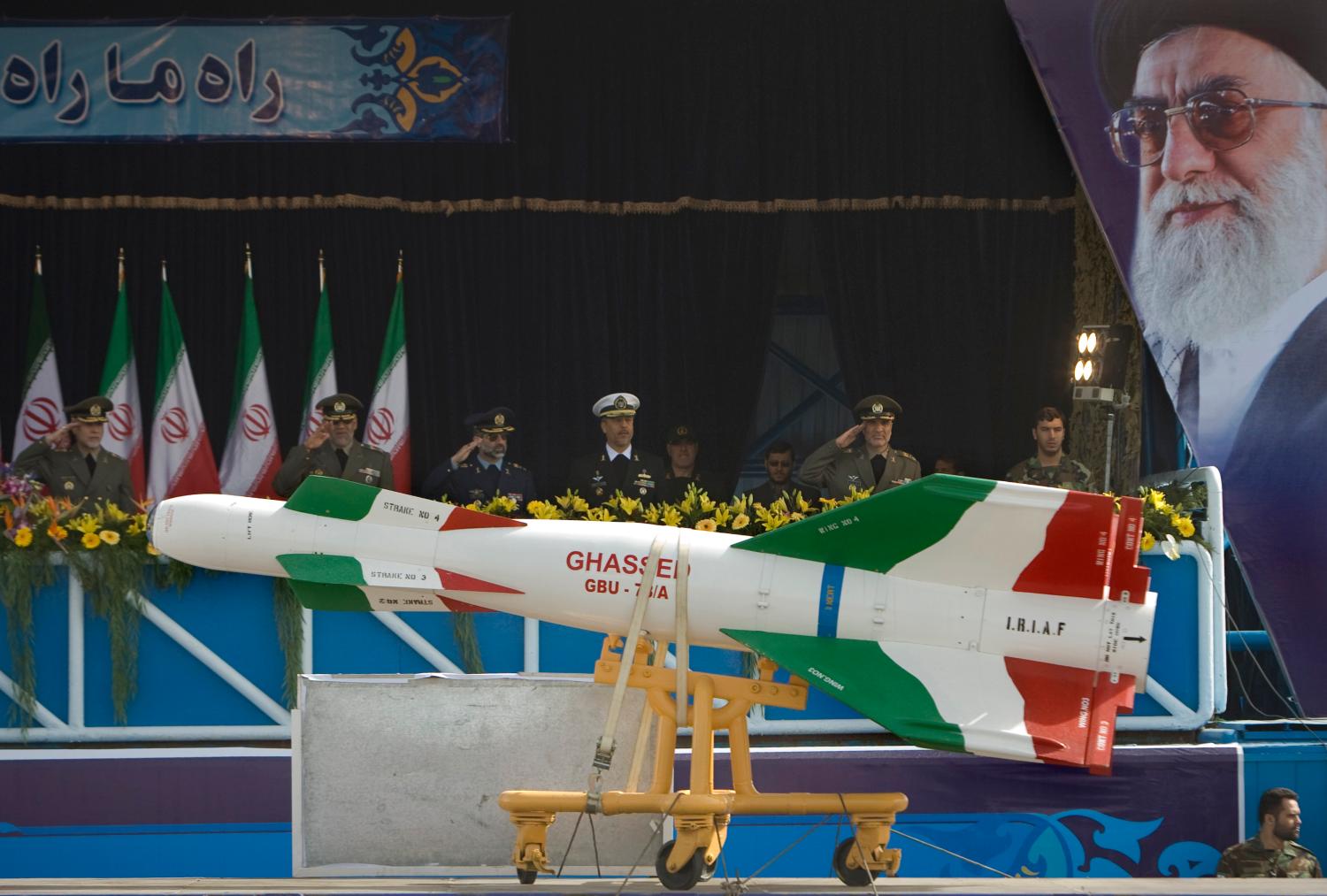Introduction
The issue of Iran has become a central preoccupation for the international community in recent months, thanks to the intersection of the historic changes in the region, an American presidential election, sharpening rhetoric from Israel, and Tehran’s relentless determination to advance its nuclear capabilities. The focus of policymakers in Washington and around the world remains fixed on the options for forestalling Iran’s determined march toward a nuclear weapons capability. This is the appropriate objective; the best possible outcome for maintaining peace and security in the Gulf and avoiding a deeply destabilizing nuclear arms race remains a credible, durable solution that curtails Iran’s nuclear ambitions. And while achieving such an outcome remains profoundly problematic, largely as a result of Tehran’s intransigence, preventing Iran from crossing the nuclear weapons threshold—either through persuasion, coercion, or some combination of the two—remains fully and unambiguously within the capabilities of the international community.
The shadow cast by Tehran has created a particularly intense sense of existential anxiety for the smaller Gulf states, including Kuwait, Bahrain, the United Arab Emirates, Qatar, and Oman. After all, these are the same states whose civil orders were repeatedly disrupted by Iranian subversion and sponsorship of terrorism during the first decade after Iran’s Islamic revolution, and whose thriving economies rely on unimpeded access to the global commons. The events of the past decade have only exacerbated the smaller Gulf states’ endemic sense of insecurity. Iran has achieved a synergistic, sometimes even parasitic, relationship with the leadership of post-Saddam Iraq that, together with Tehran’s longstanding relationships with Syria and Lebanese Hizballah, greatly enables its bid for predominance in the heart of the Middle East. Today, the uncertainties surrounding the implications of regional flux have left Tehran simultaneously weakened and emboldened—a particularly dangerous combination for this particular array of Iranian leaders.
With Iran’s nuclear program advancing by the month and its efforts to tilt the regional balance in its favor growing more forceful, the small states of the Persian Gulf must face the distinct dilemma of preparing for the possible worst-case scenario of the nuclearization of their neighborhood, while participating ever more robustly in the international efforts to preclude that very possibility. In some respects, the Gulf states’ situation is unique. Unlike Israel, another small state that perceives an existential threat from Iran, the Gulf states cannot fall back upon either a presumptive nuclear deterrent or a primordial bond to the body politic of the world’s only remaining superpower. And in contrast to Iran’s other neighbors, the vast resources and history of ideological and territorial disputes between the Gulf states and Tehran significantly intensify the stakes. Even before the Gulf became the vital transportation corridor for global energy, the fault line in the regional balance of power had always run between the northern states and their southern rivals. The mere possibility that the north may gain a nuclear advantage is reshaping the security environment for Iran’s neighbors in the Gulf.
Because the threat of Iran looms large, the exigency of considering the widest possible array of alternative prospects for the evolution of this protracted crisis is important. This paper tackles the scenarios that successive American presidents have deemed unacceptable—an Iranian development or acquisition of a nuclear weapons capability or of nuclear weapons themselves—and the implications that such scenarios would have for the global nonproliferation regime and regional security, with a particular focus on the special challenges faced by Iran’s southern neighbors. To protect against threats along their borders, the Gulf states have traditionally hedged their bets by seeking balanced relations with their more powerful neighbors while cultivating extra-regional allies. That formula is already changing, as evidenced by a new assertiveness in Gulf states’ postures toward Tehran and a new creativity in deploying strategies for deterring and mitigating Iran’s efforts to extend its influence and/or destabilize its neighbors. The Gulf states must transform this tactical innovation into a full-fledged new hedging policy: one that deploys every possible tool to prevent a nuclear Iran while taking every possible step to prepare for such an eventuality.




